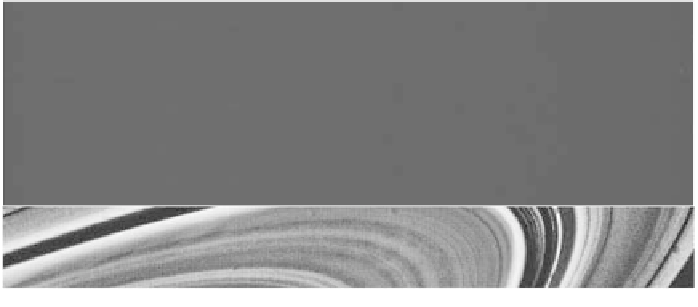Information Technology Reference
In-Depth Information
Chapter 8
Graphics
KISS—Keep It Simple, but Scientific
Emanuel Parzen
What is the dimension of the information you will illustrate? Do you need to
illustrate repeated information for several groups? Is a graphical illustration
the best vehicle for communicating information to the reader? How do you
select from a list of competing choices? How do you know whether the
graphic you produce is effectively communicating the desired information?
G
RAPHICS SHOULD EMPHASIZE AND HIGHLIGHT SALIENT FEATURES. THEY
should reveal data properties and make large quantities of information
coherent. While graphics provide the reader a break from dense prose,
authors must not forget that their illustrations should be scientifically
informative as well as decorative. In this chapter, we outline mistakes in
selection, creation, and execution of graphics and discuss improvements
for each of these three areas.
Graphical illustrations should be simple and pleasing to the eye, but the
presentation must remain scientific. In other words, we want to avoid those
graphical features that are purely decorative while keeping a critical eye
open for opportunities to enhance the scientific inference we expect from
the reader. A good graphical design should maximize the proportion of the
ink used for communicating scientific information in the overall display.
THE SOCCER DATA
Dr. Hardin coaches youth soccer (players of age 5) and has collected the
total number of goals for the top five teams during the eight-game spring
2001 season. The total number of goals scored per team was 16 (team 1),
22 (team 2), 14 (team 3), 11 (team 4), and 18 (team 5). There are many


